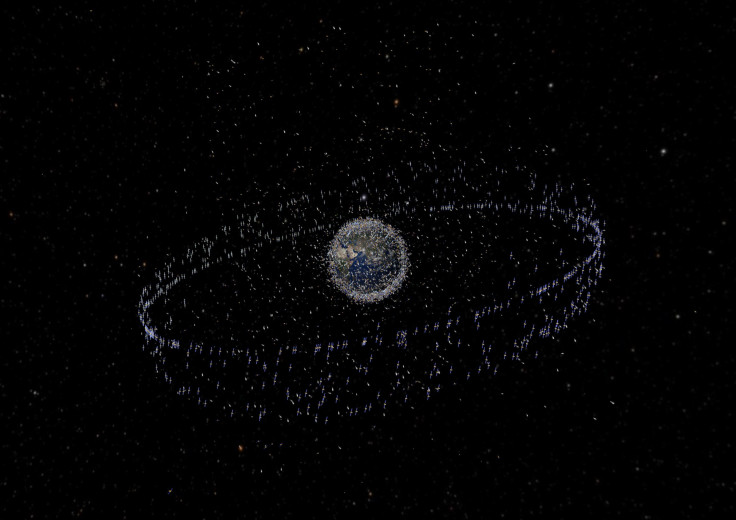57,000 Satellites To Jostle For Space Around Earth's Orbit By 2029
KEY POINTS
- In total, there are plans to launch up to 57,000 satellites within this decade
- An animation shows what the Earth's orbit would look like if all the plans push through
- Currently rare collisions might become less rare with so many satellites in orbit
- Companies will have to work together to avoid collisions
Humanity has, so far, placed over 9,000 satellites into orbit around the Earth since 1957 and, only recently, SpaceX sent a batch of 60 satellites as part of its plan to launch thousands of satellites for the Starlink Project.
Already, NASA and the European Space Agency (ESA) are monitoring thousands of tons of space debris. But, a new animation shows just how much more are set to go into orbit this decade and how much bigger the space debris problem could become.
57,000 Satellites In Orbit
Apart from private companies like SpaceX, other nations are also also planning to send satellites into orbit within the decade, which means that there could be up to 57,000 new satellites in orbit by 2029. That is 25 times the number of active spacecrafts today.
If you’re wondering what that may look like, Dan Oltrogge of Analytical Graphics, Inc. created an animation that shows the satellites planned from 2017 to 2029, most of which belonging to SpaceX’s Starlink project.
In the short animation, a clean Earth comes into view until the first batch of dots, each representing a satellite, begin to orbit around the planet. By 2022, the Earth is littered with thousands of dots and, by 2029, the planet looks utterly crowded and surrounded by litter.
As it happens, the video was shared at the 23rd annual Commercial Space Transportation Conference in Washington, DC just a day after two inactive satellites nearly crashed into each other 560 miles over Pittsburgh. If they did, both satellites would have broken apart and caused hundreds of thousands of debris that could threaten other satellites.
Space Debris Problem
According to Oltrogge, even if just a fraction of the planned satellites make it into orbit, the change around the planet would still be significant, especially considering that the problem is already complex even without them.
Even now, ESA and NASA are working on trying to remove space debris that could prove dangerous to active spacecrafts such as the International Space Station (ISS). In fact, even small debris could cause serious damages while collisions of bigger space junk such as satellites could create thousands of new pieces of debris.
So far, collisions are still considered rare. However, that does not mean that they are not a problem, which is why space agencies are working on trying to remove space junk from the Earth’s orbit as soon as possible. And, with thousands of satellites set to launch within just a decade, the unfortunate event may not remain so rare after all.
That said, Oltrogge noted that there is space around the Earth for many satellites and many of them are already designed to burn up in the atmosphere after their lifetimes compared to older ones that just stay in orbit as debris. Furthermore, newer satellites are also designed with avoidance systems to reduce the chances of collisions.
Even so, having immensely more satellites would mean higher chances of collisions. This means that companies will have to get better and work together to prevent collisions.

© Copyright IBTimes 2025. All rights reserved.






















